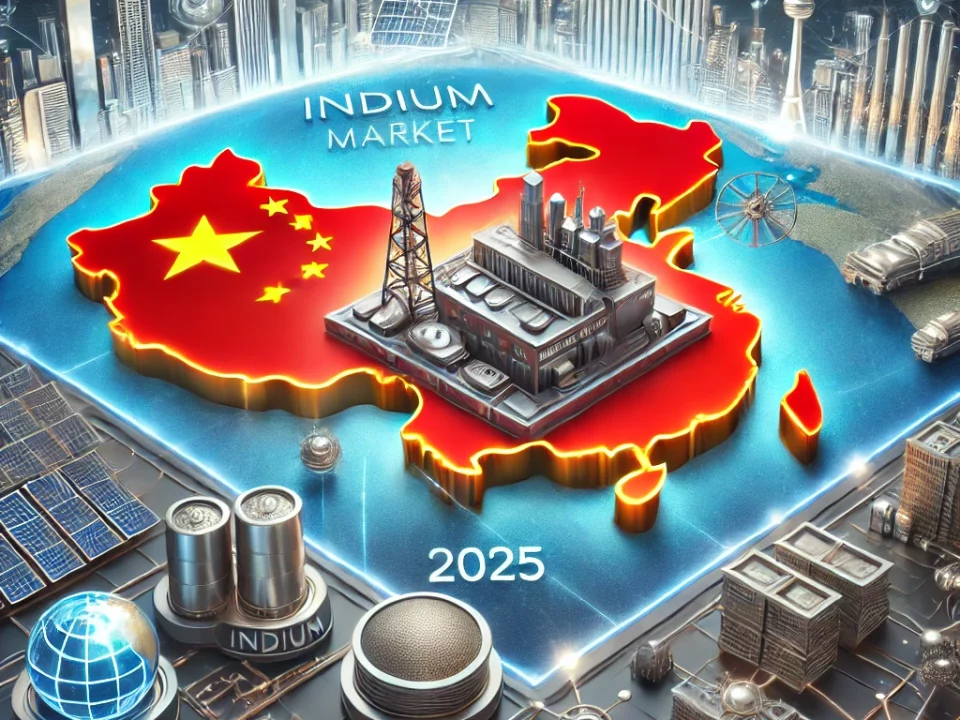
Weekly News Review November 4 – November 10 2024
November 10, 2024
Weekly News Review November 11 – October 17 2024
November 17, 2024Understanding Terbium’s Market Dynamics
Terbium, a cornerstone of high-tech innovation, has been at the center of some dramatic price movements in recent years. Between 2017 and 2022, terbium prices soared by an astonishing 375%, outperforming all other rare earth elements. This growth was fueled by the rising demand for green technologies, including electric vehicles, wind turbines, and high-temperature fuel cells. However, following this extraordinary rally, the market underwent a natural correction, with prices falling 45% in 2023 and an additional 30% so far in 2024 (latest terbium prices and historical price charts).
Despite these declines, several factors indicate that the current correction may be temporary, and the market is poised for a potential rebound.
Why Terbium is Essential … and Scarce
Terbium is one of the rarest rare-earth elements, found only in trace amounts within other minerals. Extracting it is a painstaking and rigid process, leading to inflexible production capabilities. This means that even as demand spikes, supply cannot adjust quickly.
The critical role terbium plays in supply chains cannot be overstated. Its applications, ranging from stabilizing high-temperature fuel cells to enhancing the performance of permanent magnets, make it irreplaceable in industries like consumer electronics. A supply disruption could trigger a “single point of failure scenario,” potentially halting production lines for items like smartphones. Manufacturers are forced to absorb these costs to avoid catastrophic shutdowns, passing price increases on to consumers.
Geopolitical Tensions and Supply Constraints
 China continues to dominate global terbium production, accounting for over 95% of the total supply. This monopoly makes the market highly vulnerable to geopolitical shifts. With Donald Trump re-elected as U.S. President, trade tensions between the U.S. and China are expected to escalate. Historical incidents, such as China’s rare earth embargo on Japan in 2010, highlight the potential for export restrictions to disrupt supply chains.
China continues to dominate global terbium production, accounting for over 95% of the total supply. This monopoly makes the market highly vulnerable to geopolitical shifts. With Donald Trump re-elected as U.S. President, trade tensions between the U.S. and China are expected to escalate. Historical incidents, such as China’s rare earth embargo on Japan in 2010, highlight the potential for export restrictions to disrupt supply chains.
The risks are compounded by the recent halt in rare earth mining operations in Myanmar, which contributes nearly half of the world’s heavy rare earth elements like terbium. This development could lead to significant shortages and upward pressure on terbium prices.
A Bright Future for Terbium Demand
Despite current price corrections, terbium remains indispensable for the production of green technologies, including electric vehicles and wind turbines. Analysts project that demand for energy transition metals like terbium will grow steadily through the 2040s as the global push for low-emissions infrastructure continues.
For investors, the current price drop offers a compelling opportunity to acquire terbium at a reduced cost, ahead of an expected rebound. The metal’s scarcity, rigid supply chain, and critical applications position it as a strategic asset with significant long-term potential.



